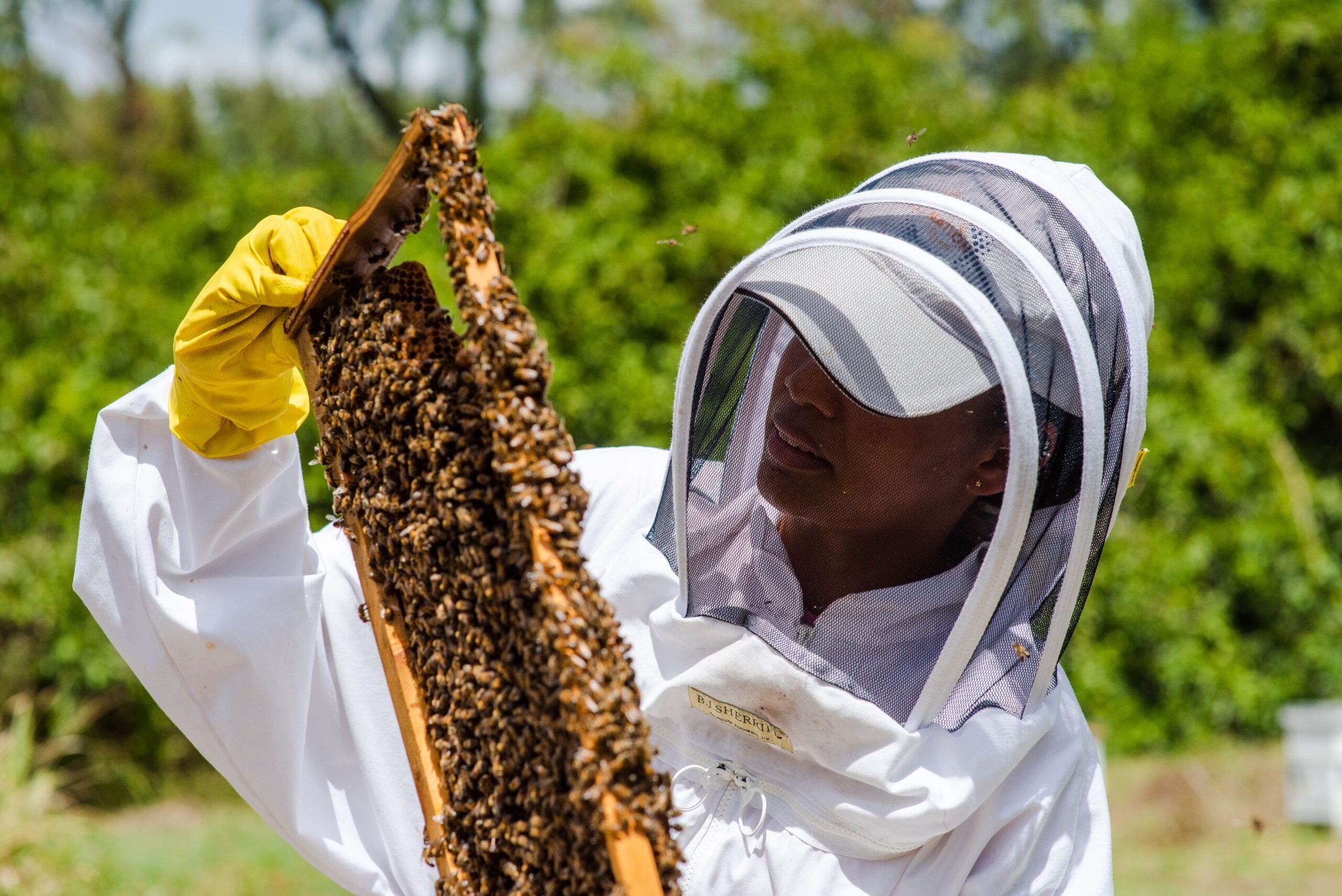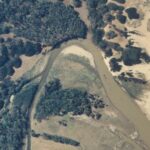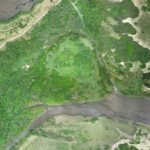
20 Nov A Pivot Gone Right: Walkers Reserve Barbados
Walkers Reserve in St. Andrew Barbados has been a family-owned sand quarry for over 50 years but as sand deposits diminish, it has transformed from a sea of sand to a forest of bounty. Over the last ten years plant and animal life were restored to the over 277-acre site on the windy, rugged east coast of the island.
This transition from industrial site to nature reserve was envisioned by Ian McNeel who inherited the property. He is described as a “social entrepreneur, impact investor, permaculturalist and responsible business leader”.
The transformation involved a lot of research, experimentation, site design and the establishment of a non-governmental organisation (NGO) with a small team supported by volunteers.
Walkers Reserve is a pivot gone right; a model for how rebuilding the natural environment with care can help tackle food security, harness local knowledge, provide wholesome human experiences and improve resilience to the impacts of climate change.
Aerial view of Walkers Reserve, 1991 (left) compared to 2022 (right).
Managing the regeneration – WIRRED
Walkers Institute for Regenerative Research, Education and Design (WIRRED) was established in 2018. It is the NGO responsible for managing the ongoing transformation of Walkers sand quarry into a nature reserve.
Program Manager of WIRRED Elize Rostant, explains that regenerating the site began with experimenting to determine how nutrients could be added back into the soil and what vegetation would thrive in the windy, salt air conditions. The latter meant talking to people in surrounding communities who could offer traditional knowledge about the types of plants that most often thrived there. Elize says,
“… it really is quite spectacular to see what has been able to happen at Walkers Reserve when you think about this space being almost like a desert, full of sand, to now, we have all [varieties] of fruit trees. We have birds that are migrating from as far away as Canada to nest on site; lots of different insects. We have a bee programme, and the bees love all the flowers that are flourishing on site. So, the idea of regeneration is not just putting back and restoring what was there but creating a habitat and environment for things to really flourish and thrive.”
But Elize emphasises it is not simply about replanting but measuring the impact replanting is having on the immediate environment; the effect on microbes and nutrients in the soil, the quality of the water collected in the lake on the site and the number of varieties of trees, birds and insects, for example.
Team members, volunteers and interns do much of the data collection manually and she explains that,
“…we also have… pieces of equipment that will capture some of this data. So, we have a weather station for example, where we will pick up information on wind speeds, levels of precipitation, levels of salinity to some degree…it’s important for our work to be able to map how the site is being affected by these natural factors…”
The research activities are also enhanced by university students who conduct their field studies at the reserve. Along with local students, WIRRED has formalised a programme to attract students from abroad.
Education, and eco-agritourism are some of the main activities being developed to help visitors to the site connect and reconnect with nature and be inspired to transform their own environments, while generating revenue for WIRRED.
A “bee experience” at the site’s apiaries, driving and walking tours across the flourishing landscape, plant sales, workshops in permaculture and a monthly eco market are some examples.

Nature-based climate resilience and food security
According to Ronnie Cummins of Regeneration International,
“If you’ve never heard about the amazing potential of regenerative agriculture and land use practices to naturally sequester a critical mass of CO2 in the soil and forests, you’re not alone. One of the best-kept secrets in the world today is that the solution to global warming and the climate crisis (as well as poverty and deteriorating public health) lies right under our feet, and at the end of our knives and forks.”
This captures an intended broader goal of Walkers Reserve to be a nature-based solution that helps reduce the impact of climate change and adapt to those impacts as well as promote food security. In fact, WIRRED’s work aligns with 13 of the 17 United Nations Sustainable Development Goals (UNSDGS) including zero hunger, climate action and partnerships for the goals.
A partnership with Slow Food Barbados provides soups for children, the disabled and other vulnerable groups in St. Andrew. Another, with the Caribbean Permaculture Research Institute of Barbados reinforces educational drives to help people grow food and repair the land in their own gardens.
As Elize points out,
“…a big part of it is how are we creating spaces where we have trees that are producing food that we can then eat and it’s all done locally? Because over 85% of what we eat in Barbados is imported, and that clearly is not sustainable.”



